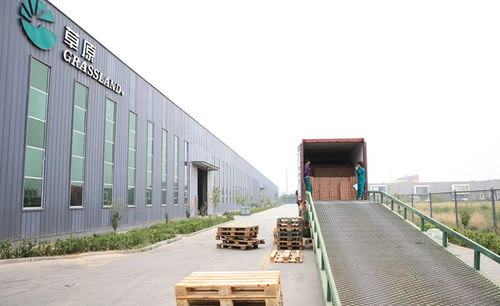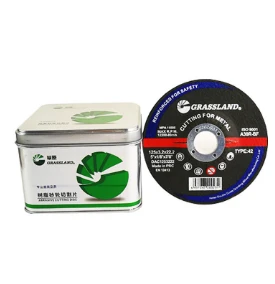

Selecting a suitable sheet metal cutting wheel involves a blend of considerations that go beyond simple diameter and thickness specifications. Expertise dictates that one must examine the grit type and size, bonding material, and wheel hardness. These parameters directly affect the wheel's cutting capacity, surface finish quality, and lifecycle. Manufacturers such as Norton, 3M, and Makita leverage cutting-edge technology to produce wheels that cater to diverse industrial needs. Purchasing decisions should therefore reflect a thorough understanding of these options, combined with an evaluation of the specific project requirements. To ensure optimal trustworthiness in performance, reliance on user feedback and industry reviews can guide lesser-experienced professionals towards reliable products, minimizing trial-and-error. Engagement in forums and associations for metalworking professionals can furnish insights into pioneering advancements, promoting informed choices that bolster productivity. In maintaining equipment quality and performance, regular wheel inspection is recommended. Checking for signs of wear, alignment, and securing the correct mounting of wheels plays a pivotal role in upholding operations' safety and effectiveness. In conclusion, sheet metal cutting wheels are a cornerstone of modern metalworking. Their utility extends across countless applications, demonstrating exceptional precision, efficiency, and safety. Professionals in the field must equip themselves with both comprehensive product knowledge and practical experience to harness the full potential of these tools. As industry demands continue to evolve, so too will the technologies and techniques associated with sheet metal cutting, necessitating a commitment to ongoing learning and adaptation for sustained success in metal fabrication and beyond.
Post time:Jan - 26 - 2025

















